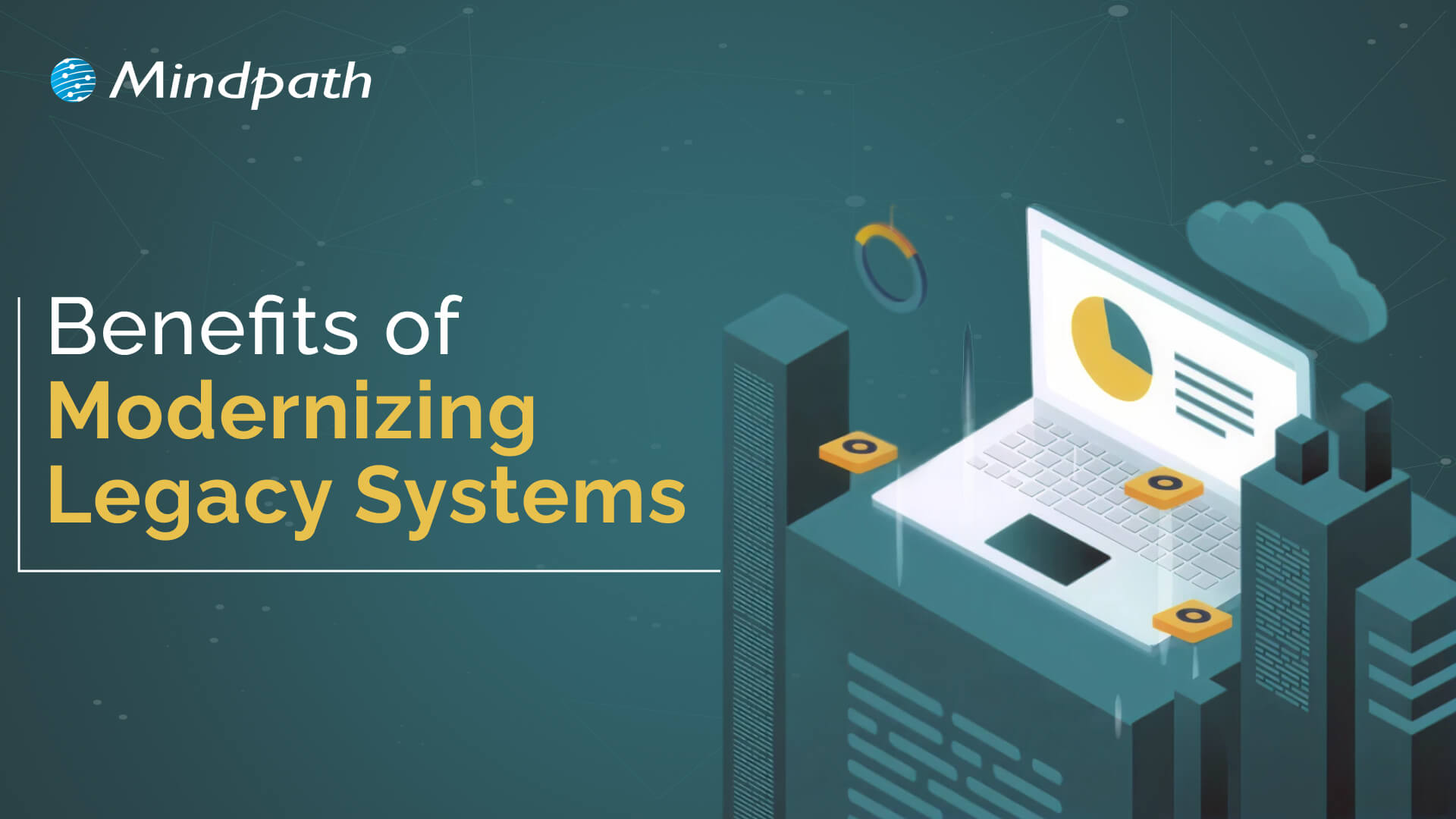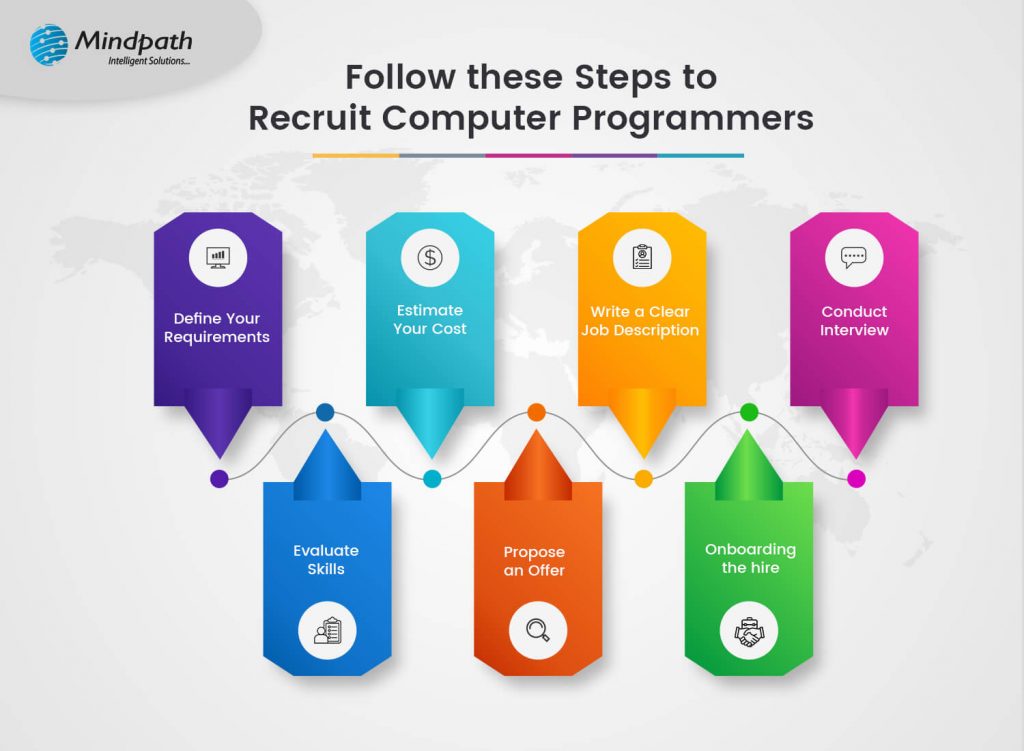Are you ready to take your IT team to the next level? Imagine having skilled professionals join your organization seamlessly, enhancing productivity and innovation. But how do you ensure that their integration is smooth and effective? In this blog, we’ll explore the best practices for onboarding augmented IT staff, helping you create a welcoming environment that sets them up for success.
Staff augmentation refers to the process by which companies hire highly skilled workers on a temporary basis to complement their workforce on information technology-based projects. This model gives businesses an avenue through which to outsource extra talents as and when necessary while still staying in control of the team and the projects. Compared to project outsourcing, whereby a company hires another business to handle an entire project, staff augmentation involves the hiring of individual experts to work with the in-house team on projects. This approach is particularly helpful for businesses with projects that change frequently, thus enabling them to adapt quickly to various needs by hiring temporary experts. Staff augmentation provides flexibility in that a business can manage its temporary workers directly while meeting the demands of the projects efficiently.
Let’s dive into the best practices for onboarding augmented IT staff, helping you create a welcoming environment that sets them up for success!
How to Integrate IT Augmented Staff

1. Understanding Your Team’s Needs
The first step in integrating IT augmented workforce is determining what your team genuinely needs. This begins with an assessment of your team members’ present skills and abilities, as well as the identification of any gaps that can jeopardize the success of your project. By carefully examining where your team lacks specialized knowledge, you can readily identify which areas might benefit from outside assistance. This might range from technical expertise to specialized understanding in certain areas of development, design, or IT infrastructure.
Once you have a firm knowledge of these gaps, consider how the newly expanded personnel will fit into the existing team. Consider not just the specific abilities they will offer, but also how they will fit into the current tasks and the broader team environment. For example, if your team is working on a complicated software project and you detect a dearth of front-end development capabilities, employing IT specialists with a strong history in front-end technologies will successfully bridge that gap.
In addition to talents, you should grasp your team’s work style and culture. Augmented employees that can adjust to your team’s workflow and communication style will integrate more quickly, resulting in better cooperation. When the new staff’s competencies are aligned with your project goals, it helps to establish a cohesive, high-performing team where everyone can successfully contribute to the same aims.
2. Choosing the Right IT Staff
3. Onboarding and Training
Once you’ve decided on the ideal IT augmentation personnel, the following step is to guarantee a seamless onboarding and training process. This is essential to bringing new team members up to speed on the team’s goals, workflow, and expectations. A well-planned onboarding process offers the structure and resources required for effective integration, enabling new employees to immediately become productive and contribute to the team’s success.
Effective onboarding entails more than simply describing job duties. It’s about introducing new employees to the corporate culture and helping them grasp the values and dynamics that motivate your team. This fosters a sense of belonging and strengthens ties with current team members, which is crucial for effective cooperation.
During the onboarding process, good communication is essential. Ensure that new personnel understand what is expected of them and offer regular feedback to help them. Support should not end after the first few days; regular coaching, check-ins, and training opportunities help new employees thrive in their responsibilities. By fostering open communication and providing the appropriate assistance, you foster a climate in which the augmented staff can thrive, resulting in a more unified and efficient team.
Staff Augmentation Services at Mindpath

1. Dedicated Development Teams
We can provide you with experienced developers, integral parts of your team, to help with supplementary expertise and faster projects’ timeframes. Our developers blend in perfectly, ensuring smooth collaboration and delivery of results.
2. Legacy Modernization
We can upgrade and modernize your old technology so that it can work with the best standards of today. We provide services such as an assessment of your existing systems, technology upgrade, data migration, and performance enhancements.
3. Architectural Consultation
We consult on the design of robust and scalable software systems. Whether you are kicking off a new project or looking to better existing systems, we will help you build a solid ground and choose the best-suited technology for your needs.
Final Thoughts!
Incorporating augmented IT workers into your organization can be a game changer, allowing you to swiftly address skill shortages, fulfil project objectives, and increase team efficiency. By assessing your team’s needs, carefully choosing the right specialists, and offering a comprehensive onboarding and training procedure, you provide the groundwork for seamless and effective integration.
At Mindpath, we recognize the value of having the right people in place. Our staff augmentation services are designed to help you expand successfully while keeping control of your projects. Whether you want specialized development teams, legacy modernization, or architectural consultancy, Mindpath has the experience and solutions to take your IT capabilities to the next level.
Looking to boost your team’s capabilities with expert IT professionals?
Mindpath offers seamless staff augmentation solutions tailored to your project needs.













